|
Experiential learning resources for the innovative educator
Six Essential Components of Project-Based Learning Design that Effectively Deepen Learning7/14/2024
Project-based learning is powerful and potentially life-changing for learners, offering them the chance to experience deep and meaningful learning experiences while also building essential skills. There are components of project-based learning, however, that maximize the potential for impactful experiences. Let's take a closer look at those components.
This impact is even more powerful when the PBL experiences are designed and led by the students themselves. That is student-directed project-based learning.
But what makes PBL what it is? How is PBL design different than the design of a standard project? What components of project-based learning design do students need to consider when designing and leading their own PBLs? Project-based learning includes specific components that make it what it is; that separate it or distinguish it from other learning methods. The components of PBL act as a framework for PBL design. When teachers design project-based learning experiences they do so with these components in mind. Student-directed project-based learning is similar, but rather than YOU designing the experience, your students design PBLs that personally reflect their needs, interests, goals, challenges, and more. They make personal choices about the components of PBL. Giving students the freedom to make their own choices along this PBL framework takes learning to another level. It deepens learning. Students develop the tools to manage all of life's projects. They know how to learn, and they enjoy doing it because they are personally invested in the experience. But what are the components of PBL that I speak of? What are the important features of PBL that students use as the framework for designing each PBL experience? Let's dive in. Six Essential Components of Project-Based Learning Design
1. Driving Question:
The driving question is what gives the experience purpose and meaning.
The driving question should make clear the direction and objectives for everyone reading it, including the students that are trying to answer that question. I like my students to write their final product, authentic audience, and intended impact into the driving question. If at any point a student loses sight of what the experience is about, they can look back at this driving question to get back on track. Or, they could even modify the question, as PBLs often evolve into something unexpected. Because the driving question frames the PBL as a whole, further inquiry and exploration are built around that driving question. Students add questions to their PBL design that help them answer the driving question.
2. Innovative Final Product:
Self-directed project-based learners typically begin the PBL design process by honing in on a topic of interest. That topic might be entirely personalized or it might be an interest that is related to a theme or standard assigned by the teacher.
Either way, students begin with a topic and design projects around that topic. As I said above, driving questions include the final product. A final product is what students create to demonstrate and share learning with others. An innovative final product moves away from the cut-and-paste approach of a poster board or slideshow. Examples of innovative final products that students might include in their PBL designs are timelines, business plans, video promotions, skits, and more. You can easily give students choice in how they demonstrate learning even if the class is focusing on the same topic or driving question. For example, if your students are exploring the concept of habitats, rather than have every student create a 3D model of their chosen habitat, let them choose what to create.
3. Community Experts:
Communicating and/or collaborating with community experts is one of my favorite components of PBL.
The idea here is that students learn about their project topic from real people in an authentic way. Students could conduct interviews with experts, shadow them, intern with them, volunteer alongside them, or work directly on a project with a community expert. A student might even go as far as to develop a long-term partnership with an expert. The community experts that students choose to work with and the role in which they play in the experience helps shape the PBL design. This community expert component of PBL, when self-directed, helps students build communication skills, develop and expand their community network, and gather authentic and accurate information. Give students the opportunity to identify, communicate with, and coordinate interactions with their own experts if possible.
4. Authentic Presentations:
An authentic presentation is one in which the final product and/or experience as a whole is shared with an authentic, relevant audience, ideally beyond the boundaries of the classroom.
The purpose is to motivate quality work and make an impact on the community. Authentic presentations are an easy PBL component for students to take on themselves, to self-direct, especially if they choose their own final products. Final products and authentic presentations are interconnected. If a student chooses to create an animation to demonstrate learning, for example, they wouldn't present their final product on a podcast. A more logical final product to share on a podcast would be a book of essays, for example, and the student would share an excerpt from that book. The authentic presentation is an important PBL design element, and it will be unique to every student and will vary for every project. Other examples of authentic presentations include donating an art piece to a community gallery, sharing final products and knowledge in a community presentation or exhibition event, submitting a piece of writing to a student publication, and writing and publishing a guest post for an established blogger.
5. Assessments and Consistent Feedback:
Project-based learning isn’t cut and dry. There aren’t right or wrong answers. This can make some students feel overwhelmed or out of sorts. Providing regular feedback is a critical component of PBL, giving students security and validation.
I offer a variety of feedback opportunities throughout the project-based learning process, including self-, peer-, and teacher one-on-one evals. This can get tricky when the PBL experience is self-directed because you may have 20 different PBL's going at once. For that reason, I like to create a feedback schedule and make sure my students have access to that schedule all the time. I keep that feedback schedule on the bulletin board in my classroom. There are many ways to include feedback in the routine, and that comes highly recommended. Another great form of feedback, which is highly recommended for PBL, is self- and peer-assessments. I like to have my students self-assess regularly throughout the project process. I also incorporate a variety of peer-evals here and there.
6. Project Reflection:
Reflection is so important for PBL. When a student has completed their PBL experience they should look back on it. The ability to reflect, adjust, and improve is an important life skill.
Reflecting on a student-led experience is essential because learners look at personal growth rather than data or grades. They reflect on challenges, strengths, implications of what they've discovered in the inquiry process, and more. All of these insights feed into and help shape future PBL designs.
Project-based learning doesn't have to be hard or overwhelming for you OR your self-directed students.
If you're interested in working toward student-directed PBL experiences, consider starting with teacher-designed project-based learning so that students can become familiar with all of the PBL features. In time, your students will be able to make their own choices about those elements, which will act as the framework for their own PBL designs. I highly recommend browsing the blog posts highlighted below. You can also check out examples of PBL design. Check out Earth Day-themed PBL examples and Women's History Month PBL examples. These topics may not be your focus, but checking out the examples will help you wrap your mind around the components of PBL at what those components look like at play. Good luck, and as always, reach out if you have any questions about the components of project-based learning design!
Helpful Learning Resources:
Project-Based Learning Courses:
Related Blog Posts:
Join our experiential learning Facebook group!
Did you know there is an experiential learning Facebook group? Check that out - Experiential Learning Community for K12 Teachers - and join in the discussion about experiential learning ideas! Find us on social media! Follow Experiential Learning Depot on Pinterest, Facebook, Youtube, and Instagram for more on experiential education, and check out my shop for experiential learning resources. Observe. Question. Explore. Share.
0 Comments
Your comment will be posted after it is approved.
Leave a Reply. |
Blog IntentTo provide innovative educational resources for educators, parents, and students, that go beyond lecture and worksheets. AuthorSara Segar, experiential life-science educator and advisor, curriculum writer, and mother of two. Categories
All
|
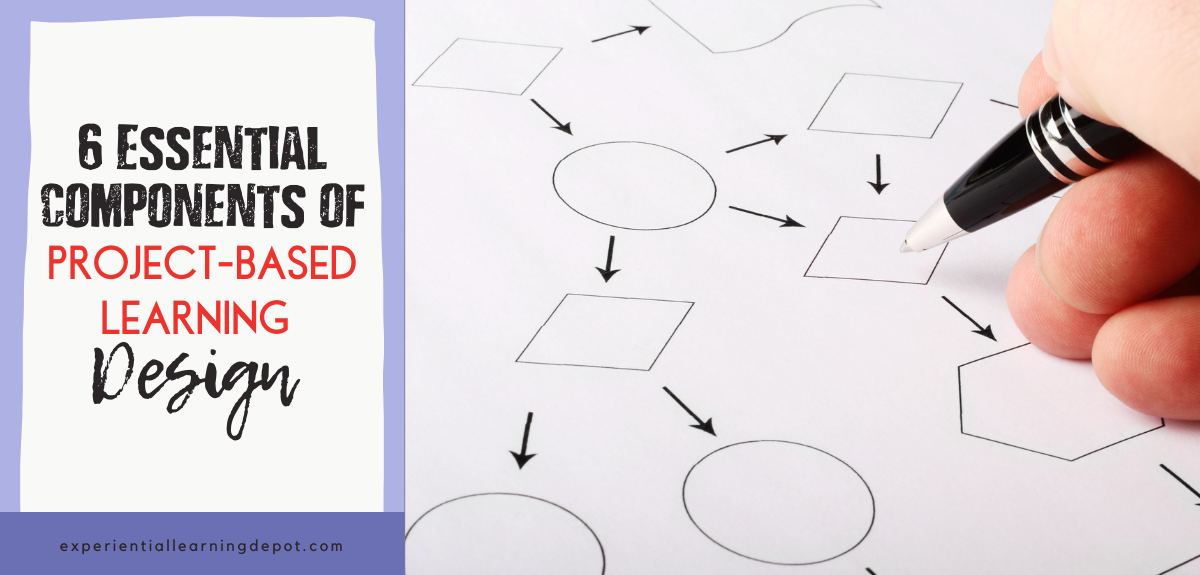



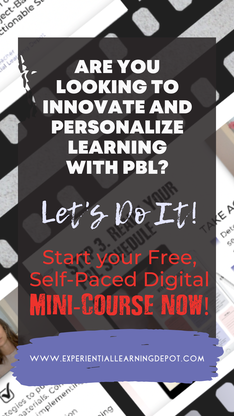

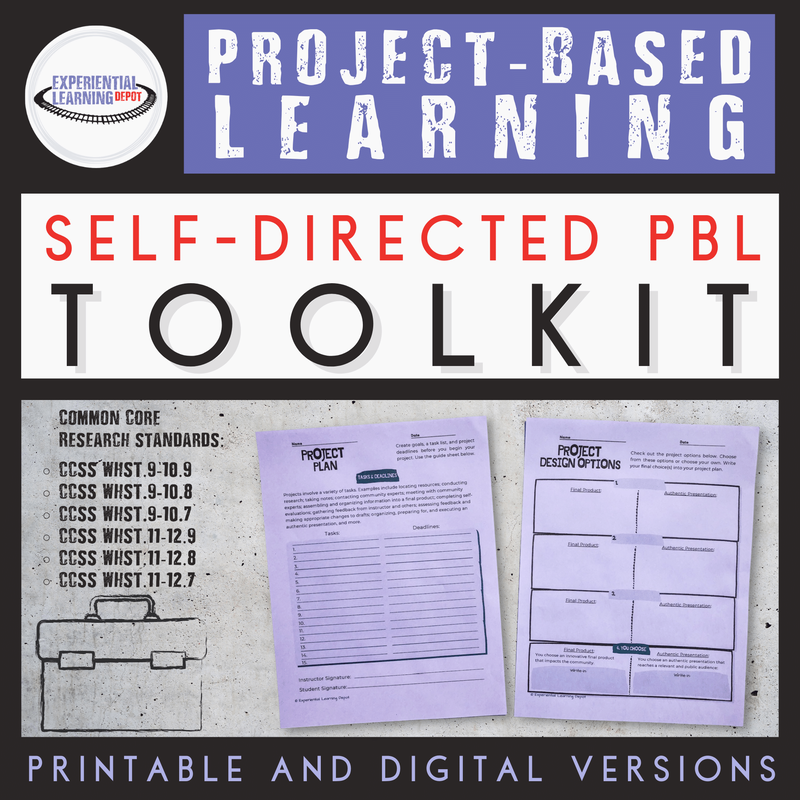
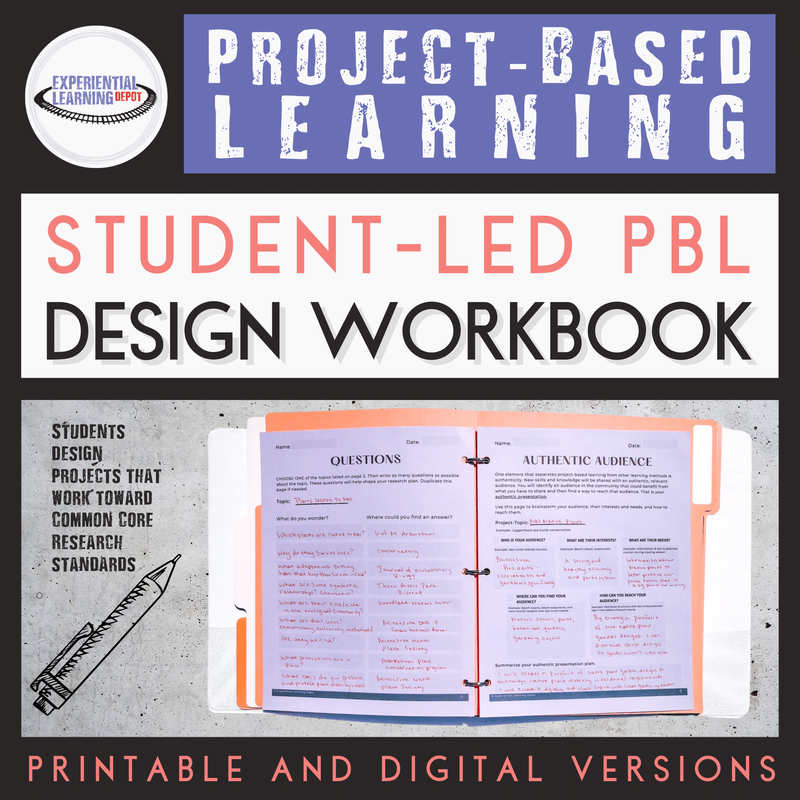
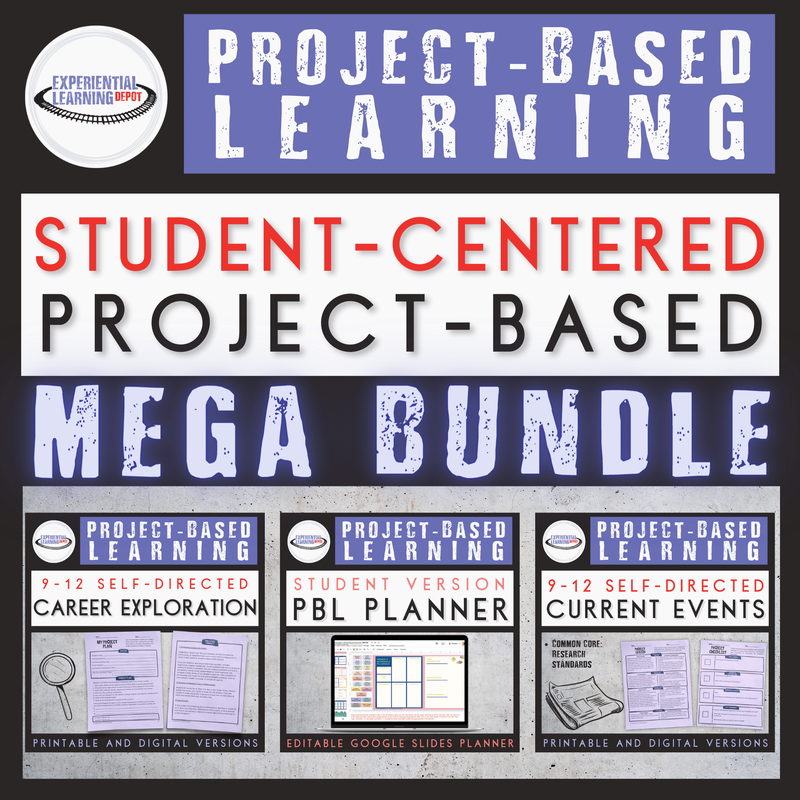



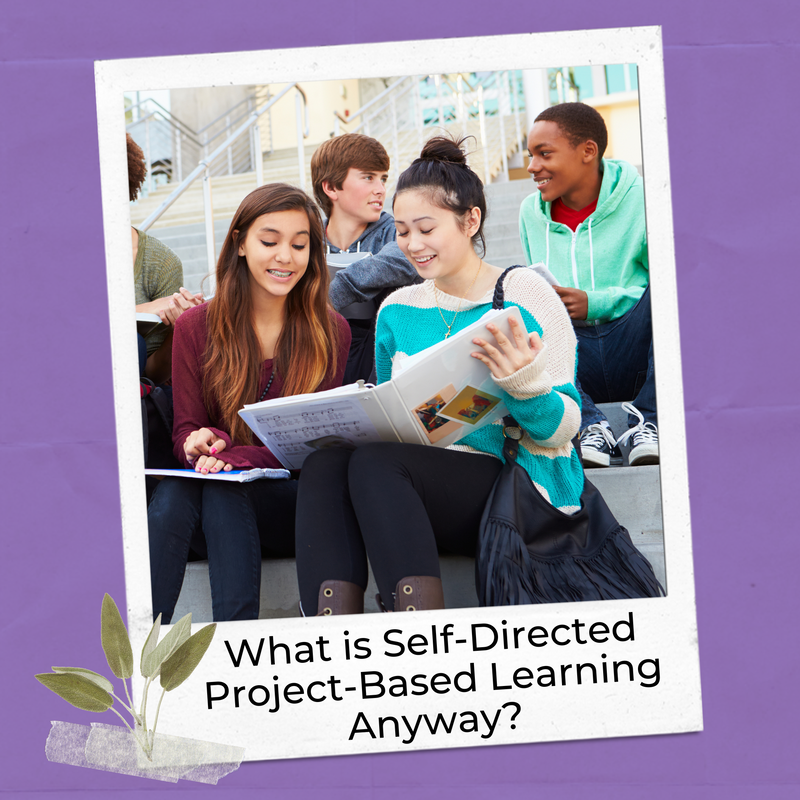
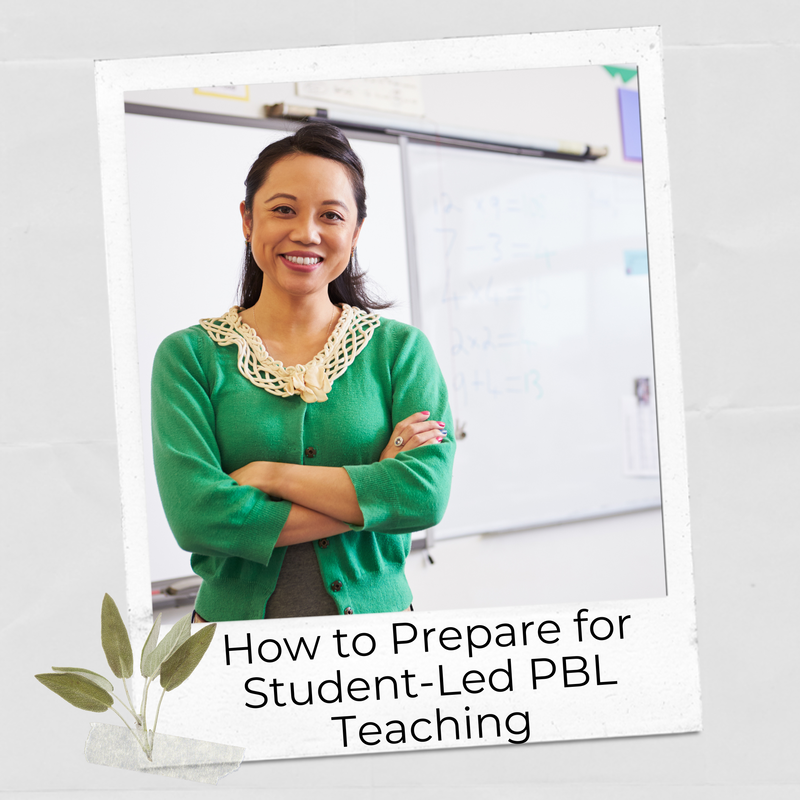
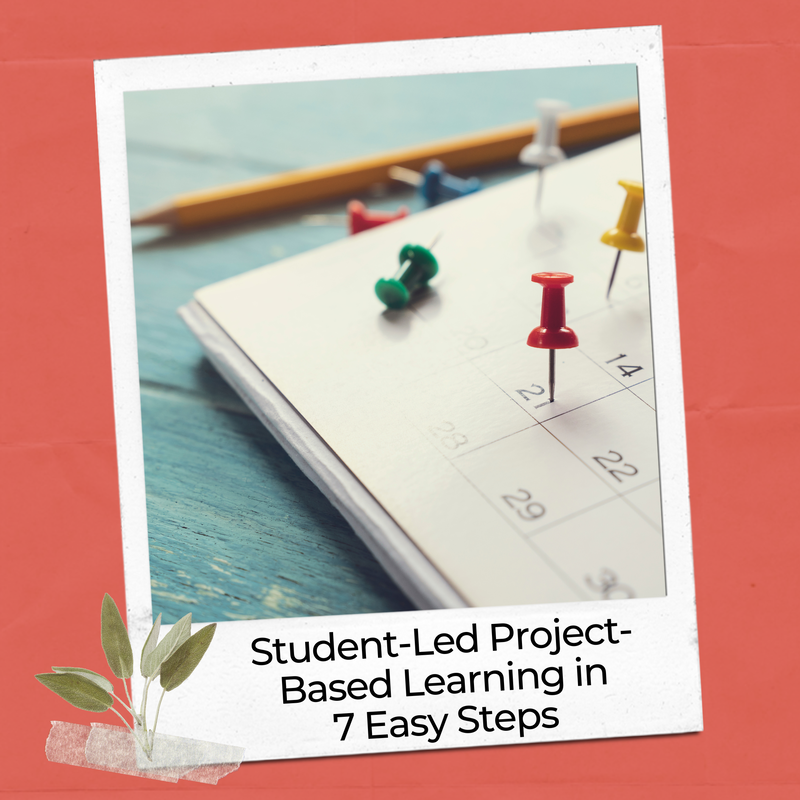


 RSS Feed
RSS Feed